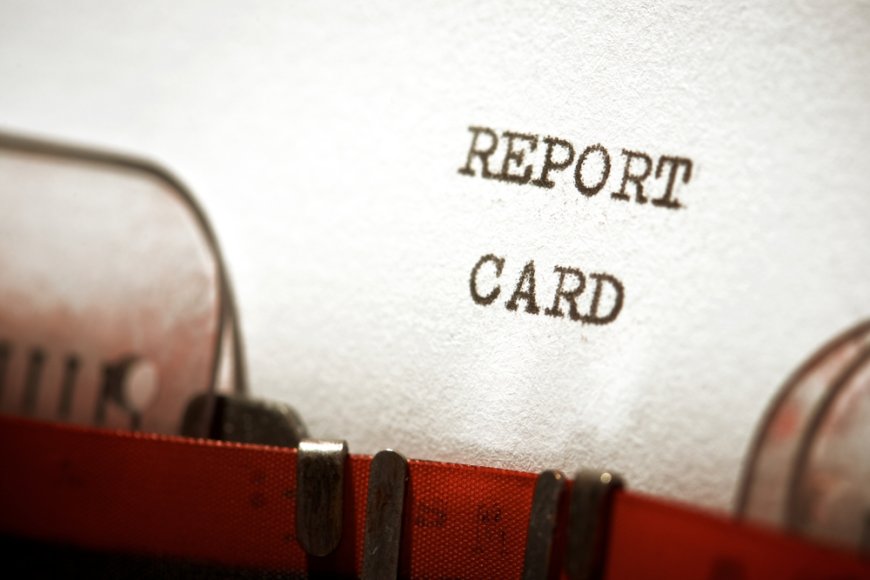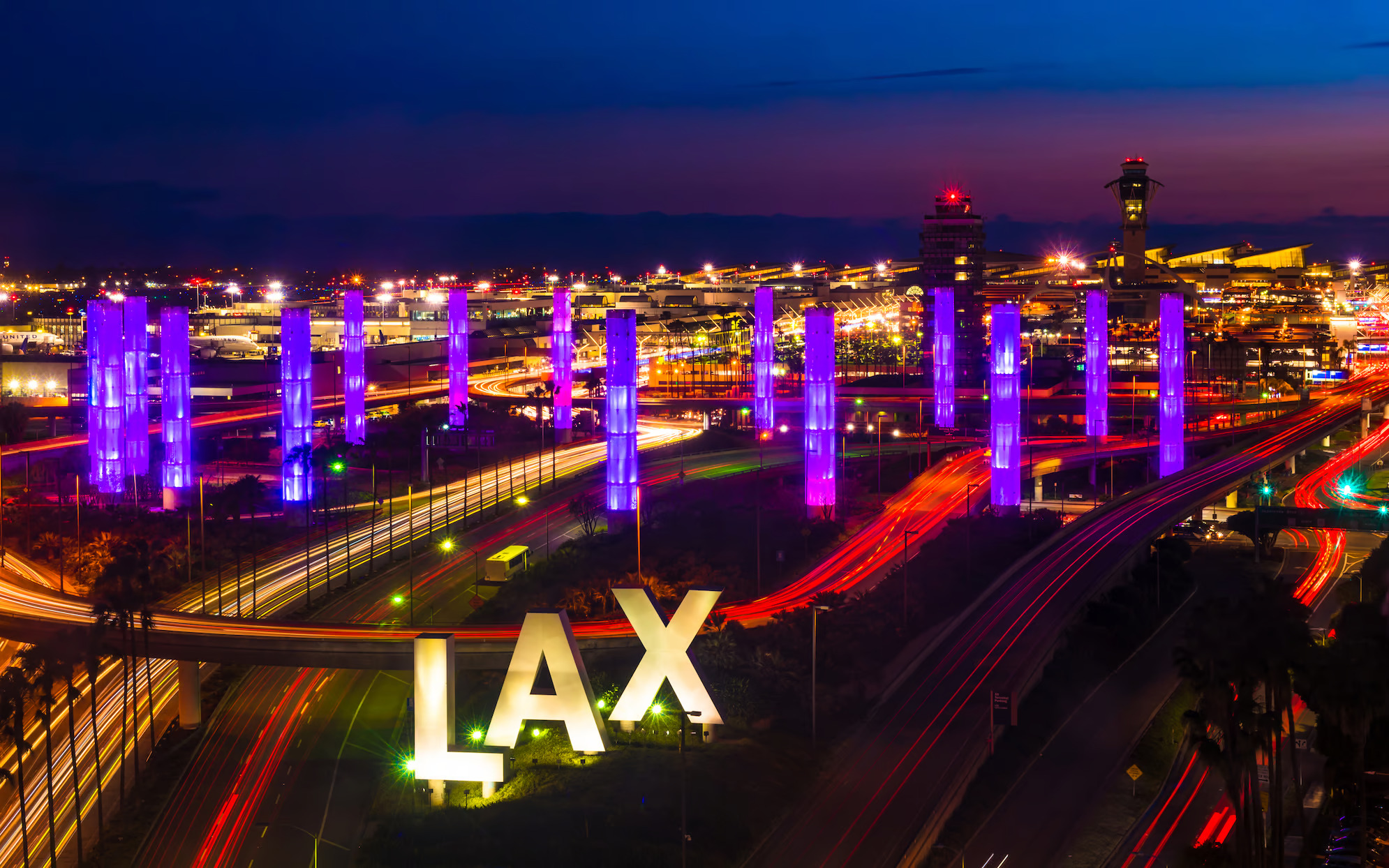The Problem
Universal design is intended to make public spaces accessible “regardless of mobility, age, status in life, and most recently gender identification” (Rothausen-Vange, et al 2015, p. 36). As the definition suggests, the identities prioritized in design shift over time. Policy is, thus, responsible for ensuring public facilities are updated to reflect new norms of accessibility, inclusion, and universality. For example, the universal bathroom of the future may include bidets or squat toilets to be inclusive of global restroom experiences (Rothausen-Vange, et al 2015, p. 36). As universal design is constantly evolving, it is, in a sense, an ideal that can never be achieved, but the pursuit of universal design reflects a respect for societal norms as they exist at the time of a facility’s construction.
Currently, airport restroom facilities are only required to meet Americans with Disabilities Act (ADA) compliance standards, which require that each restroom have at least one ADA-compliant stall that is large enough to accommodate individuals with mobility impairments and aids such as wheelchairs (Schorr 2022; Rothausen-Vange 2015). A single-occupancy family/unisex restroom is not required. Still, it can be a substitute for an ADA-compliant stall in the multi-stall restroom if it is not feasible to install one in the general facility (Schorr 2022). So, many airports have single-occupancy ones only for ADA compliance and others have a family restroom for every location in the airport (Schorr 2022). FAA guidelines do require that federally obligated new constructions or renovations include at least one single-occupancy family/companion/unisex restroom for each general men and women’s restroom in the airport (Rothausen-Vange 2015).
Analysts and airport industry officials have noted the significant impact of bathroom quality and accessibility on travelers’ airport experience (Rothausen-Vange, et al 2015; Sachs 2024). In fact, customers repeatedly cite the quality of airport bathrooms as a key factor in a positive airport experience (Sachs 2024). Bathroom use is not only an essential part of a positive airport experience for passengers, but also a privacy and security concern. In a survey of airport travelers’ restroom concerns and desires, Airport Interviewing & Research, Inc. found that passengers were concerned about (1) Cleanliness and germs, (2) privacy, and (3) security of personal belongings. Overall, airport restroom designs in most airports in the United States are too outdated and do not adequately consider the unique privacy, convenience, and accessibility needs of the demographics using the facilities in the present day.
Evidence and Causes
Airport bathrooms were often built into “leftover” spaces in the airport, meaning that they have quickly become outdated and inconvenient to modern travelers due to a variety of factors. Their use of space is based upon 50/50 space allocations for men’s and women’s restrooms, and they have been modified to accommodate Americans with Disabilities Act (ADA) requirements and guidelines (Rothausen-Vange, et al 2015). While there is no definite data on the number of airports that comply with current FAA guidelines, most are not in full compliance. Other FAA guidelines encourage, but do not require, the addition of space companion care, family restrooms with changing tables, and nursing and lactation rooms (FAA 2018).
The vast majority of FAA guidelines around practical restroom construction in United States airports are voluntary. However, airports that are “federally obligated” must comply with otherwise voluntary recommendations when they receive federal funding to improve their facilities or buy land intended to build an airport (FAA Order JO 7400.2). According to the FAA regulations, airports must ensure the safety and security of the travelers to obtain the certificate.
Still, there are few required regulations for the number of bathrooms and the criteria for the restrooms, but the guidelines do stipulate formulas to calculate the number of restrooms needed based on the number of passengers, on average, that pass through the airport.
While the cost of building and renovating an airport restroom facility can be high, there is an abundance of federal funding currently available to address airport facility issues of all types, including restrooms. According to the Minnesota Department of Transportation, the total estimated cost to provide a single restroom facility at an airport is $15,000 dollars (Zelle 2013). The Bipartisan Infrastructure Law provides hundreds of millions of dollars for renovations annually, and the FAA has other programs such as the Airport Improvement Program (AIP) which are capable of providing grants which cover between 75 and 95% of costs, depending on the project type and the type of airport, for any airport included in the National Plan of Integrated Airport Systems (NPIAS) (Federal Aviation Administration).
One initial pressing problem with present-day airport restroom design is that post-9/11 airport regulations require passengers to never leave bags unattended. Passengers are required to always be in possession of their bags, given that a) they can easily be lost or stolen, and b) TSA counts on the public to report any unattended bags or packages due to the Department of Homeland Security’s “If you see something, say something” program (TSA 2025). This requirement means that passengers traveling alone or with young children must take their belongings into the stall with them at the airport. While some airports have adjusted the size of stalls to accommodate this requirement, it is not standardized in all airports, which purchase stalls from manufacturers that sell standard-sized products for industrial spaces (Rothausen-Vange, et al 2015).
Next, the common 50/50 space allocations for men and women’s restrooms have proven to be unequal in terms of time. Given one-half to two-thirds of the toilets in a men’s restroom can be substituted with a urinal, and the design of men’s clothing provides a quick, easy visit to the bathroom, men have a significant time advantage over women, who can have a variety of other needs due to pregnancy and menstruation, when given equal quantities of fixtures. Women are also more likely to accompany babies, small children, or elderly relatives who need to use the bathroom more often and require more space within a stall (i.e., changing baby diapers) (Rothausen-Vange, et al 2015). Still, there have been some positive changes in recent years. For example, as of 2021, the Friendly Airports for Mothers (FAM) Act requires that all hub airports include at least one changing table in one men’s and women’s restroom in each terminal (S.2638 2020). Gendered restroom facilities also present obstacles for gender non-conforming individuals, who may find no safe facility options that reflect their gender identity. These factors would indicate that perhaps a 50/50 space allocation in uniform design might not be the most equitable or effective way to design restroom facilities in airports.
Another important group of people to consider when thinking of bathroom design and accommodations is persons with disabilities. Women also comprise a larger proportion of persons in this group (Rothausen-Vange, et al 2015). The lack of uniformity in bathroom design creates obstacles for disabled individuals; passengers with disabilities have indicated that they would prefer a restroom reserved for them so they do not have to wait for the accessible stall to be free, and visually-impaired passengers have expressed frustration with the lack of standardized locations for fixtures such as sinks, changing tables, and paper towel dispensers (Rothausen-Vange, et al 2015). Ultimately, this issue has multiple stakeholder groups with conflicting needs, so developing a restroom design that meets universal design standards as we recognize them currently presents a difficult challenge. Policy Alternatives A variety of policy alternatives exist to address consumer needs and wants for airport restrooms. Present trends could continue undisturbed with no federal policy or guidelines pertaining to gender-neutral airport bathroom options, or there are several alternatives, including:
1) Requiring a child-changing station in every men’s bathroom, as well as women’s, and/or increasing the availability of accessible single-occupancy bathrooms with child-changing stations.
2) Providing financial incentives from the Department of Transportation for projects that include gender-neutral bathrooms in new constructions.
3) Creating a DOT mandate that FAA-regulated airports install gender-neutral bathrooms in all new structures and major renovations.
1. Policy changes could allot for the increased diversity of caregivers and family types, and require a child-changing station in every men’s bathroom as well as women’s, or simply increase the availability of accessible single-occupancy bathrooms with child-changing stations. To address the over-availability of men’s restrooms relative to often-crowded women’s restrooms, FAA policy might increase the mandated ratio of men’s to women’s stalls and bathrooms. As privacy is a concern that extends beyond transgender and gender-nonconforming individuals, regulations could instruct for increased privacy in stalls by minimizing cracks around and under stall doors. Alternately, airports could pivot to exclusively single-stall bathrooms and remove gender markers from multi-stall restrooms, creating a genderless and efficient bathroom experience.
2. The Department of Transportation (DOT) can offer financial incentives, such as grants, to airports that include gender-neutral bathrooms in new constructions. It will create some benefits with the adoption of encouraging voluntary adaptation without enforcing strict requirements. This option might result in uneven implementation and limited effectiveness if funding is insufficient. Similarly, The Federal Aviation Administration (FAA) has opportunities to apply for approximately $269 million in grants to eligible airports for different airport projects.
3. Finally, the DOT might take its mandate that FAA-regulated airports install gender-neutral bathrooms in all new structures and major renovations. It ensures comprehensive implementation and effectively addresses inequalities, but it involves higher initial costs for airports and could encounter political pushback (Green, 2022). No data exists on the number of airports in the United States that currently have gender-neutral restroom facilities, but in recent years, airport restroom innovations have often included gender-neutral or gender-inclusive facilities, indicating that many airports are already considering gender as an equity issue as they are planning for the future (Sachs 2024). Possible Outcomes and Trade-Offs Current trends show some movement toward the increase of gender-neutral bathrooms (Yeoman, 2023). More U.S. airports are expected to construct gender-neutral bathrooms without any policy intervention. However, it is unclear whether bathroom renovations will meet current universal design standards without introducing specific guidelines or requirements.
Minor design adjustments such as adding changing tables to male restrooms would alleviate stress for male caregivers with small children. Changing tables cost roughly $500, ranging from $250 to $750 (according to Google shopping search results). In addition to cost and improved fairness for male caregivers, the outcomes of requiring changing tables in restrooms could result in a more equitable experience for travelers and also design challenges for airports to find space for the tables. This policy could expand the existing Bathrooms Accessible in Every Situation or BABIES Act, which requires restrooms–regardless of gender–in a public building to be equipped with baby changing facilities, or the FAM Act, which requires at least one changing table in one men’s and women’s facility per terminal (H.R.5147, 2016, S.2638 2020).
Increasing built-form regulation of bathroom stalls, such as extending stall doors, to maximize privacy would result in high costs for airports–and would also result in temporary customer dissatisfaction while bathrooms are closed for installment. Additionally, thicker doors might slightly reduce the number of stalls that can fit in a given space within a facility. However, more privacy in existing multi-stall restrooms would save airports the time, money, and construction of creating new, general-use use gender-neutral bathroom facilities while still improving privacy and safety for all passengers, trading off short-term inconveniences for long-term privacy improvements. Additionally, new FAA regulations should consider the political feasibility of a mandate for gender-neutral restrooms versus a more general mandate for accommodating trans, nonbinary, and gender non-conforming individuals as well as caregivers via other options like stalls without cracks and/or increased availability of single-occupancy restrooms. Recent national backlash to state laws mandating the provision of period products in public schools stemming from anti-transgender rhetoric represents one potential outcome from a direct mandate to include all-gender restrooms in new airport constructions (Carrazana 2024). Due to the possibility of significant stakeholder backlash, a guideline rather than a mandate might be preferable.
While removing gender markers to create a genderless bathroom for all would be politically infeasible in the current climate, it is logistically the easiest policy option as it only requires the removal of signage. This would result in a fairer experience as all passengers would have the freedom to choose any bathroom experience. It would also incur minimal cost while expanding efficiency as women would have access to a greater number of stalls, male caregivers would have access to existing changing tables for children, and non-binary people would have access to multi-stall spaces. However, it is unlikely the incoming administration would accept such requirements. Additionally, men might be dissatisfied with genderless bathrooms as the urinal design currently employed in men’s bathrooms sacrifices privacy for the sake of efficiency on the assumption that only other men will enter the space.
Another option would be increasing the availability of single-occupancy restrooms designed for families, disabled individuals, and/or gender non-conforming individuals, such as can be seen at JFK Airport in New York. However, gender non-conforming individuals might feel ostracized by this option and prefer not to use a unisex single-occupancy restroom. In the most recent FAA guidelines, researchers developing the standards found that trans and nonbinary individuals considered the single-occupancy restrooms to be exclusionary and did not consider them an appropriate all-gender solution (Rothausen-Vange 2015). Additionally, entirely separate single-occupancy restrooms require more space than ADA-compatible restrooms within existing restroom facilities, even though families and individuals with disabilities might feel more comfortable using separate facilities. While providing an additional layer of privacy, this option would harm restroom efficiency as the wait time to use single-occupancy restrooms for all three groups could be projected to increase due to one facility being provided for all individuals in these categories.
Recommendation
We recommend that gender-neutral bathrooms should not be mandated in new FAA-regulated airport constructions. Single-occupancy, and thus gender-neutral, accessible restrooms are already mandated for the construction of new airports through current FAA guidelines.
The evaluation matrix indicates that all of the policy alternatives discussed have merit in terms of privacy, convenience, and accessibility (See Appendix A: Figures & Appendix B: Evaluation Criteria). However, political feasibility is a major concern for mandating any option as they will all incur costs. As the federal administration is in a transitional period, letting current trends persist while strengthening federal recommendations will expedite the process of ensuring diverse Americans have use of quality restroom facilities in FAA-regulated airports.
In lieu of a mandate for the creation of gender-neutral restrooms in new construction, we recommend the following new guidelines, which would be requirements for federally obligated airports receiving certain FAA funding for construction or improvements:
1. A mandate that trans, nonbinary, and gender non-conforming individuals must be considered in the design process of restroom renovations, which could be met by increasing the number of single-occupancy restrooms, adding privacy doors on stalls, and/or creating new all-gender restrooms
a. A strong recommendation that at least one all-gender restroom be included in each terminal
2. A requirement that stall size be expanded to accommodate luggage and/or parents with small children
3. The addition of privacy and accessibility features in existing restrooms, such as privacy doors and uniform design for the relative location of fixtures in each restroom in the airport.
4. An increase in the relative proximity of restrooms to one another in terminals.
Moreover, our analysis illustrated a clear lack of credible data surrounding this issue. We recommend that the FAA further investigate the level of reporting required for airports and consider undertaking future policy analyses to understand if greater transparency is needed.







Comments